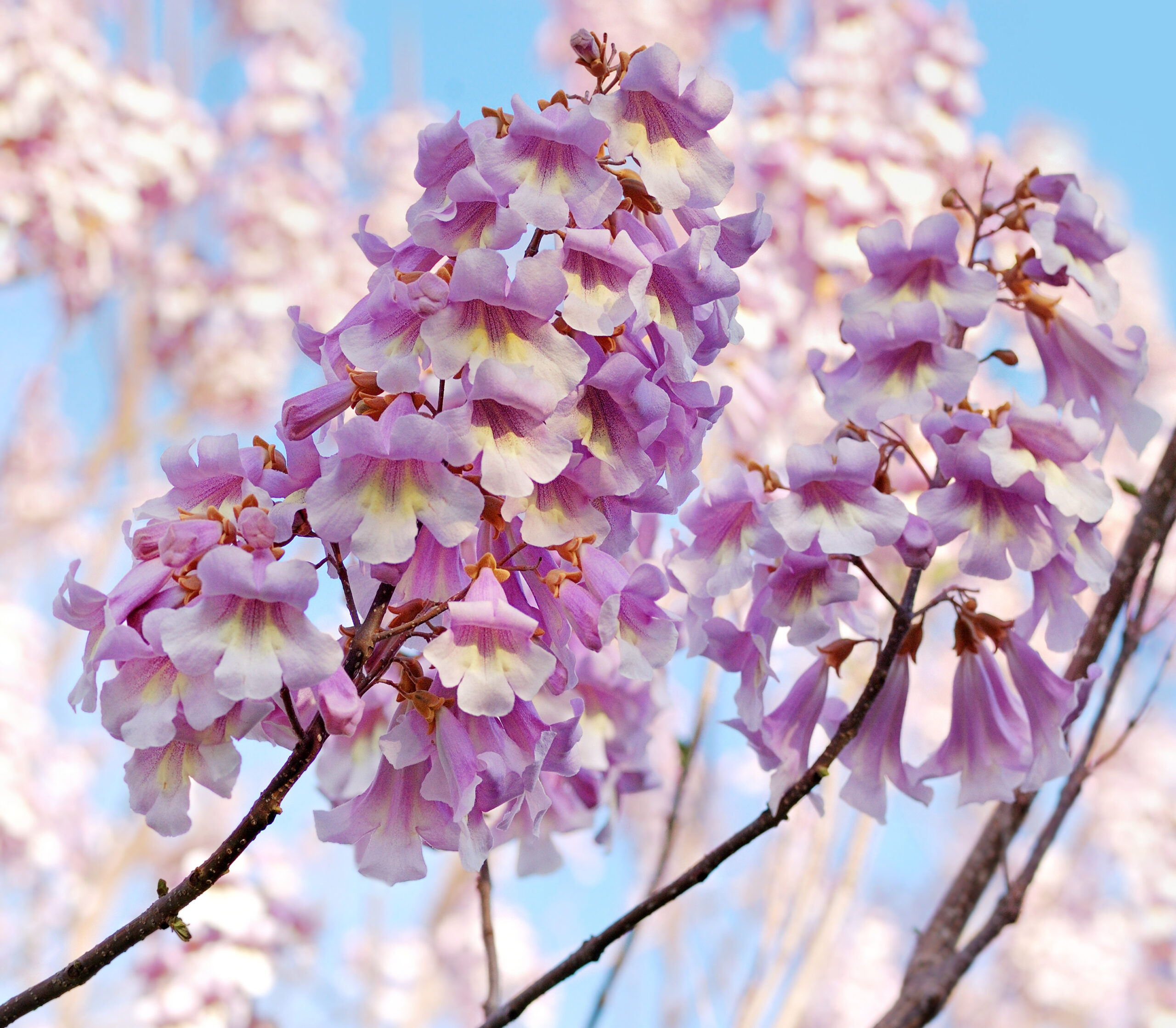A member of the Paulowniaceae family, this tree is both ornamental and timber-producing, primarily distributed in China, Korea, and Japan.
It grows incredibly fast and can be harvested in as little as 5 years, yielding valuable wood. These trees can reach heights of up to 20 meters, with a wide, umbelliform canopy.
The bark is brown-gray, and the blossoms are pinkish-violet. Remarkably, this tree can produce up to one cubic meter (m³) of wood in approximately 5–7 years.






